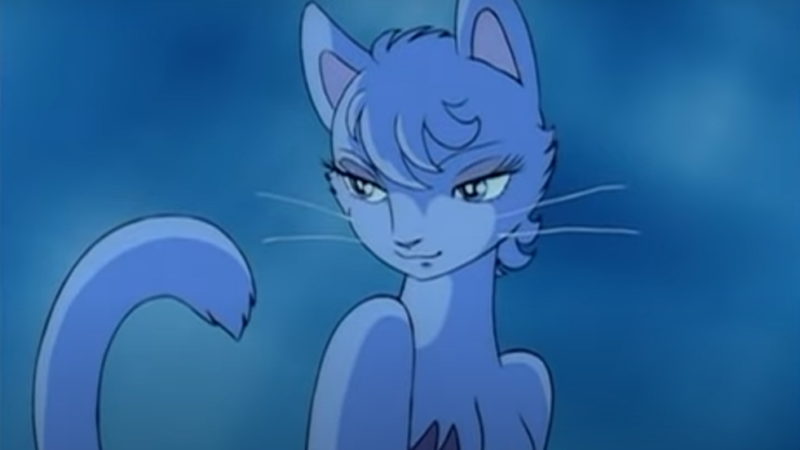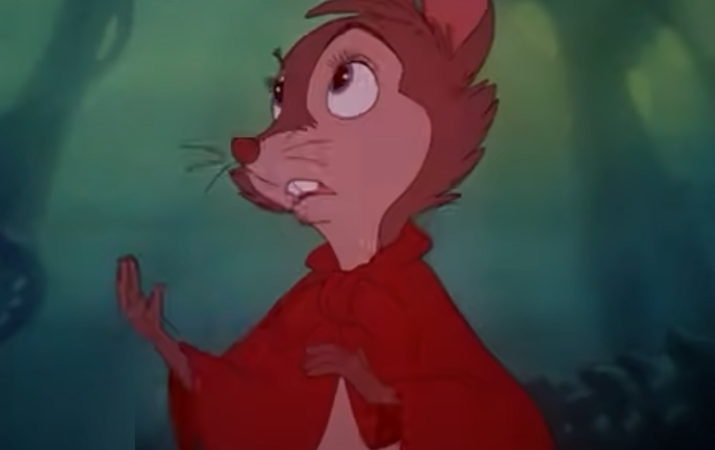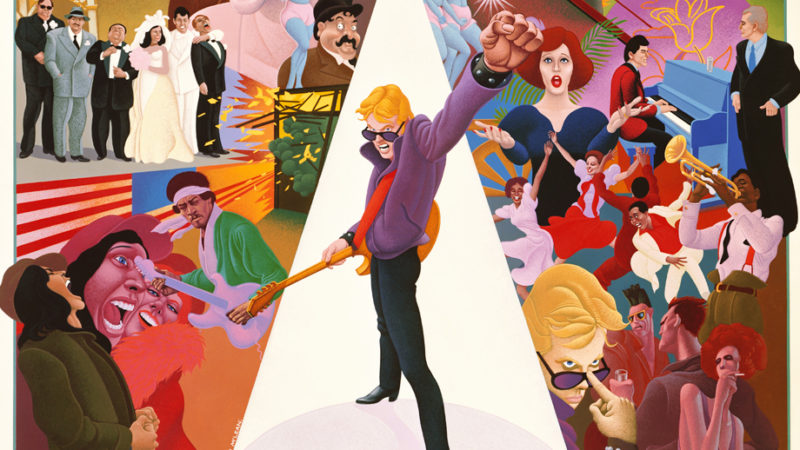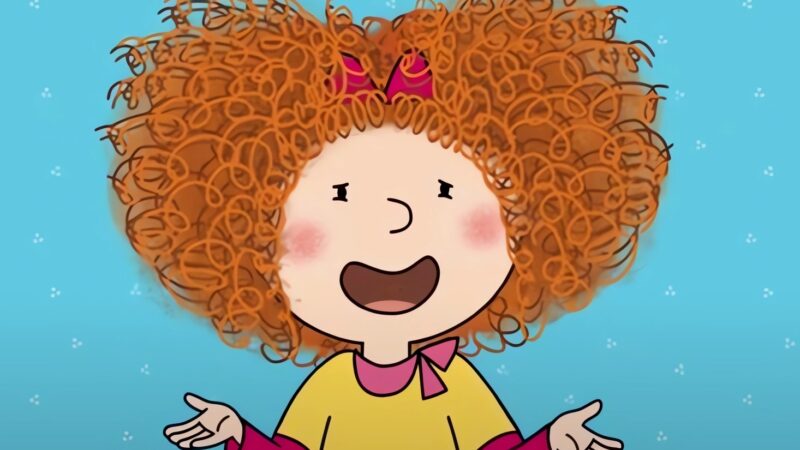Less Noise, More Life the cartoon about the noise pollution of the seas
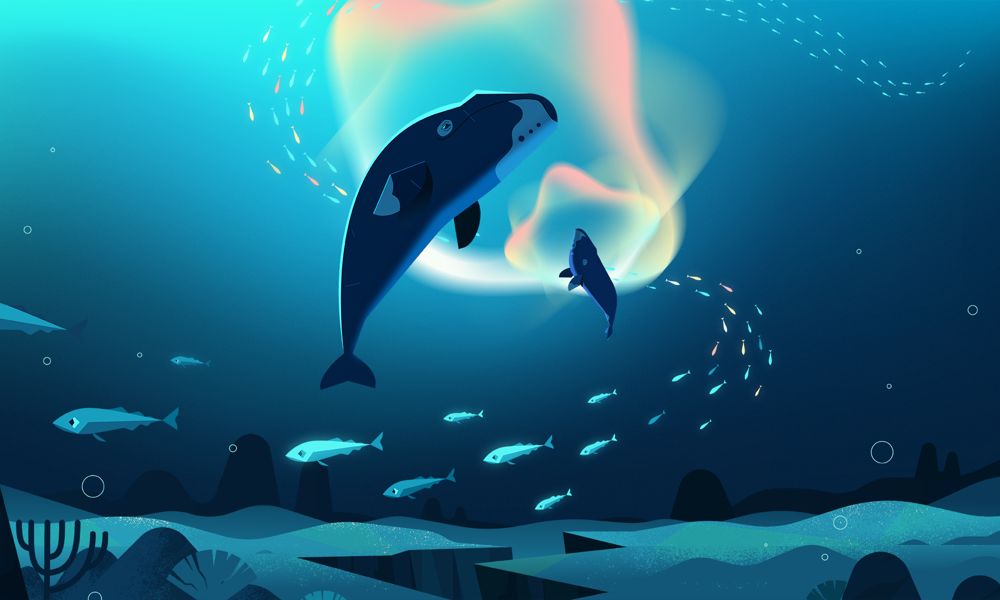
Less Noise, More Life (Less noise, more life) is an animated short film that highlights the plight of marine mammals subject to human-induced noise and environmental pollution in the Arctic Ocean, in particular bow whales. The new animated commercial was created and produced by the Vancouver-based animation and design studio Linetest.
Less Noise, More Life (Less noise, more life), premiered February 20, World Whale Day, on the WWF Arctic Program website at arcticwwf.org. It airs just as a new study on the impact of ocean noise, recently published in the journal Science, has generated headlines around the world.
Providing the voiceover for the 90-second commercial is the actress and activist Tanto Cardinal, one of the most recognized and revered Cree / Métis actresses in Canada. Viewers are invited to share the film on their social channels with the hashtags #LessNoiseMoreLife and #WorldWhaleDay, and to follow the WWF Arctic Program on Twitter (@WWF_Arctic) and Instagram (@wwf_arctic) to learn more about this issue.
Hao Chen, creative director of Linetest, notes that WWF turned to the studio not only for production, but also to help develop the script. They delivered reams of data and background information on the impact of noise on whales, "and from there we began to form the story that would follow the life of the whales“, He explains. "There is always a close cooperation with our customers and it was no different in this project. This was not the case only between our studio and the WWF, but also between our team. I wanted to make sure the commercial was accurate and hit all the right emotional rhythms. "
The studio's job was to build a compelling, story-based film that would help raise awareness of the problem and keep the next generation of these large mammals safe from underwater noise. The film was meant to emphasize that the issue also has an impact on indigenous peoples and cultures, particularly the livelihoods of these communities that depend on a healthy ocean for subsistence.
"We gave Linetest work of almost epic proportionsSays Leanne Clare, Sr. Communications Manager for WWF's Arctic Program. "We asked for a nice animation about a concept most people had never even heard of. At the same time, we wanted audiences to emotionally connect with a fin whale and its cub over the course of 200 years and tell that story in a minute and a half. ".
"We are absolutely thrilled with the resultClare continues. "It has been truly rewarding for us to collaborate with a creative studio as committed as we are to raising awareness of the threats of underwater noise in the Arctic.".
The data provided by the WWF reveals the growth of sea traffic on Arctic sea routes and points out that, with the retreat of sea ice due to rapid climate change, more areas of the ocean are opening up to navigation, aggravating an already dire situation. Urges governments to come together to support further research on the problem.
Less Noise, More Life (Less noise, more life) from Linetest on Vimeo.
The camera opens to an indigenous kayaker making its way into the water, then moves below the surface, where a bow mother and her young calf move through the currents between schools of fish and vegetation. Backed by lush cinematic underlining, we first hear what whales hear in their habitat: assorted clicks, whistles, marine life songs, and the distinctive high-pitched sound of breaking ice. The Cardinal's voiceover sets the tone: “These have been the natural sounds in the Arctic ocean for thousands of years. As industrialization moved to the Arctic, our high pitched sounds of progress invaded their space. "
Above, on the surface, ships begin to appear, first sailing, then steam powered, increasing in size and number as the spot advances and finally reached by submarines. The mother whale and her young seem increasingly frantic as they try to escape the constant din, as the Cardinal's narrative explains that “during their incredible 200-year lifespan, the bow whales have witnessed an overwhelming change. Now, this pollution is a threat to take care of their young, find food and look for a mate “.
Visually, the commercial explores the vastness of its underwater environment using shades and shades of blue to convey a sense of atmosphere. The sound design was treated as its character and the color palette chosen by Chen and the designers was inspired by sonar imaging mixed with a hint of the Northern Lights. Blurs and contrasts were used to contribute to the sense of movement, as well as the animation itself, which used a combination of 2D and 3D illustrative techniques to deliver a fresh and clean style.
“WWF's use of a more evocative motion design style was understandable given the complexity of this story to be conveyed using live action or full CG,” says Chen. “It is a story about the past, present and future. And animation is so flexible in that respect. They wanted a really cool piece that would appeal to people, and we were able to do that thanks to the way we visualized the sounds of whales and the impact of noise pollution. "
“There was a lot of sensitivity to the story,” adds Zoe Coleman, producer of Linetest. “We wanted it to be very expressive, while still being accurate. After all, this is a message of hope; unlike greenhouse gases, this is pollution with a solution. It's a problem we solve more easily by doing things like slowing ocean traffic and changing routes. "
“This is the kind of work we love to do,” concludes Chen. “The opportunity to have an open brief with collaborative clients, while supporting an important cause, made this assignment particularly meaningful. We always want to create something new with every project and the WWF team has allowed us to do just that! "
Learn more about Linetest at www.linetest.tv
Go to the source of the article on www.animationmagazine.net

